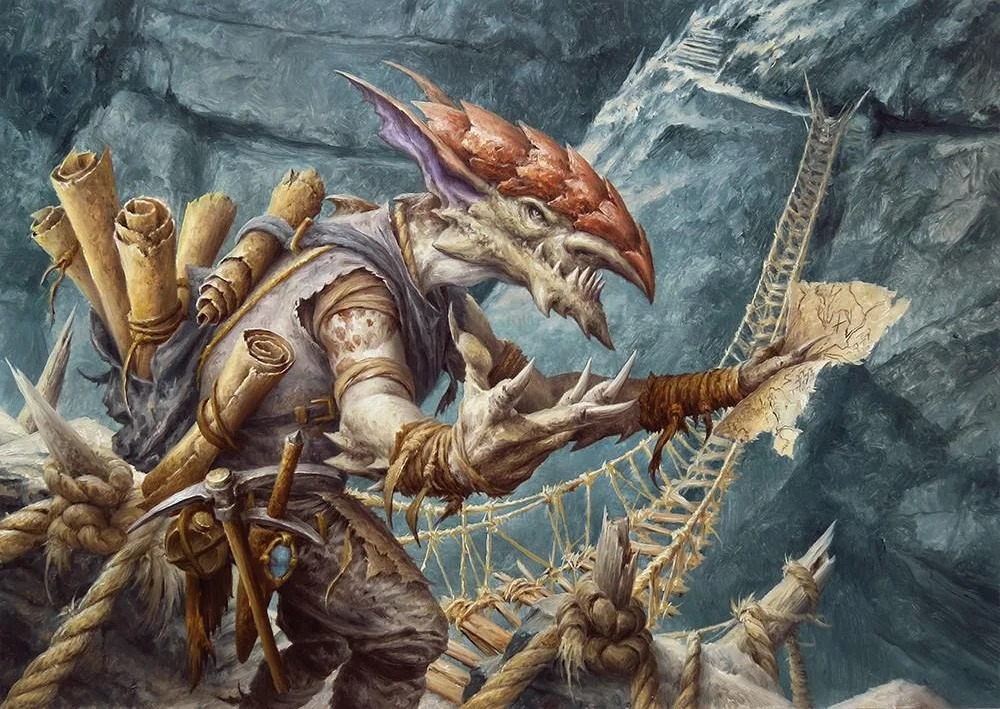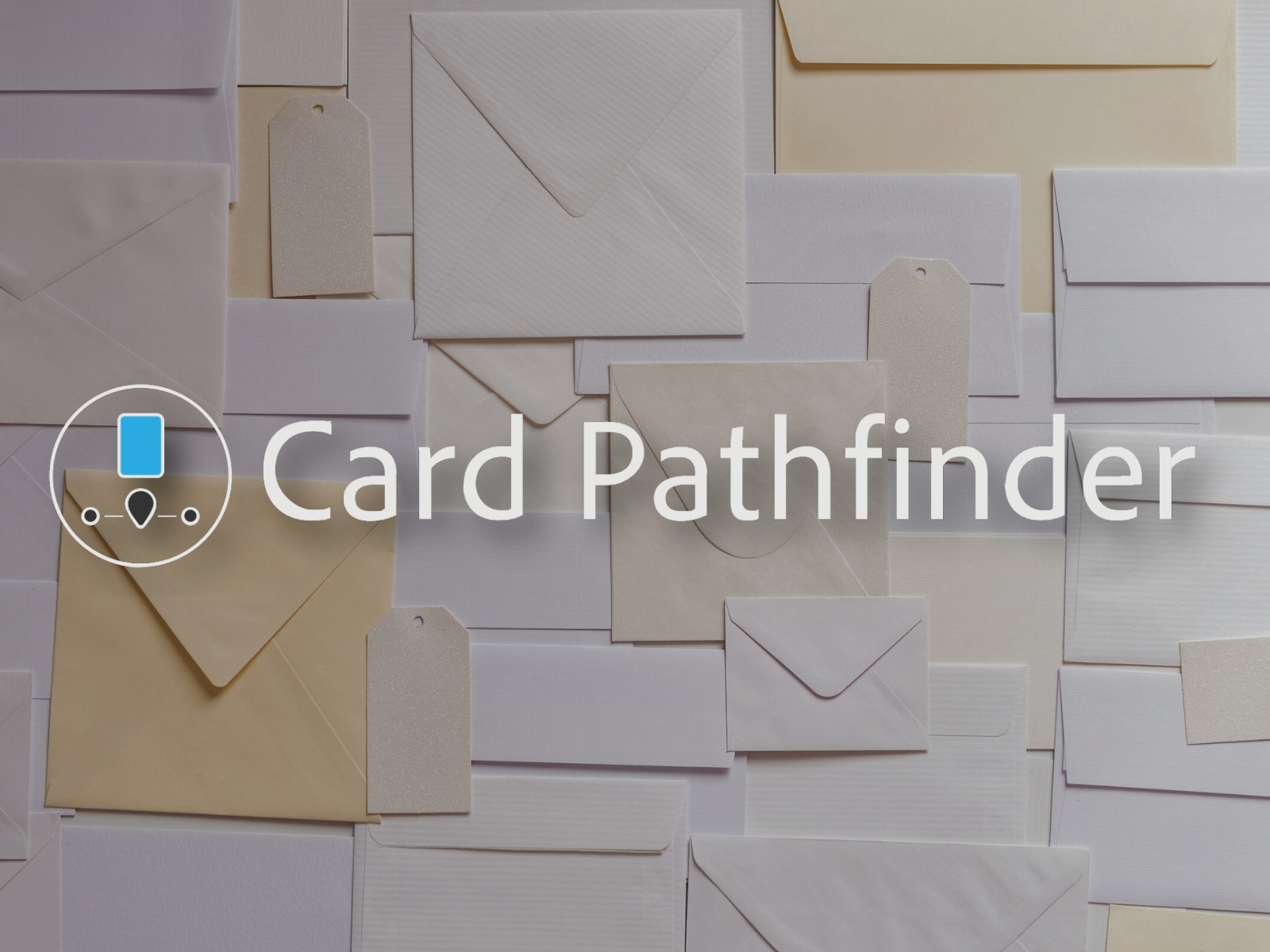Hey guys,
There are plenty of articles out there about how to build a Magic deck. One thing I’ve noticed, though, is that the majority of these articles tend to be geared toward newer players only. I find there is a lack of good literature available for intermediate or advanced players looking to take their deckbuilding skills to a competitive level.
So, I decided to take a crack at writing a guide myself.
I plan on writing a series of articles focusing on each of the major deck archetypes. Today’s subject is how to build a competitive aggro deck.
This article mainly uses examples from the current Standard cardpool, but the principles we’ll discuss apply across different formats. Just keep in mind the differences in the meta and power level between formats like Standard and Modern, for instance.
Reviewing the Basics
Your deck should have exactly 60 cards in the main. Aggro decks don’t want to play Yorion, so there is no reason to deviate from 60 cards. Adding extra cards hurts your consistency and the chances of drawing the cards you want.
Your deck should also have a clear plan. For aggro, this means killing your opponent quickly with aggressive creatures and possibly burn spells (or a combination of the two).
Your cards should all work together towards a goal and further your deck’s plan. Aggro decks want to focus on being proactive as much as possible. Cards like Depopulate or Memory Deluge don’t belong in an aggro deck.
Next, you’ll need a solid mana base. Make sure you have enough mana sources of the correct color in your deck by consulting Frank Karsten’s article on the subject here.
Related: EDH 101: How to Build an Effective Commander Land Base
You also need a good mana curve. A Standard aggro deck’s curve typically tops out at four mana value (MV) and has the bulk of its cards cost less than three MV.
How to Build a Competitive MTG Aggro Deck
Adhering to the basics listed above will help you build a functional deck, but what sets apart a functional deck from a competitive one?
Here’s what you need to consider when building a competitive aggro deck:
Mana
Aggro decks rely on getting a quick start. Having issues with your lands coming into play tapped or being bottlenecked on one color of mana can be backbreaking.
The most aggressive decks are often mono-colored in an effort to ensure a fast and reliable mana base. How viable a multi-colored aggro deck can be is sometimes dictated by how good the lands in a format are. Typically, Standard aggro decks will want to stick to one or two colors at most. You should prioritize lands that come into play untapped early. For instance, the pain lands are much better than slow lands for an aggro deck.
Creature lands are also a fantastic way to maximize your deck’s aggression and resilience. It’s easy to see how decks miss cards like Den of the Bugbear and Hive of the Eye Tyrant right now in Standard.
Ultimately, you should strive for a fast and reliable mana base to maximize speed and consistency.
Individual Card Power
It should go without saying you want to be using the strongest possible cards available in the format at each point of the curve for your competitive deck. If you are playing something like Chaplain of Alms when you could be playing Recruitment officer instead, you’d better have a really good reason.
Speaking of, the Standard Azorius Soldiers deck is a great example of building a competitive aggro deck.
I suggest browsing through the available creatures and other threats in the format that cost four MV or less. Identify the strongest threats available by looking for aggressive cards that simultaneously threaten the opponent and:
- Provide card advantage, like Skystrike officer
- Have mana sinks, like Recruitment officer
- Gain counters or provide cascading value, like Siege Veteran
- Have an aggressive body relative to their mana cost. A guideline for the minimum acceptable power-to-mana value ratio for creatures would look something like this:
- One MV = 2/1
- Two MV = 3/x*
- Three MV = 4/x*
- Four MV = 4/x with upside
*Two and three drops with haste are acceptable at 2 and 3 power respectively
- Tax the opponent, like Thalia or Anointed peacekeeper
- Damage the opponent, like Viashino Pyromancer
- Provide a lot of value relative to their MV, like Kumano Faces Kakazan
Synergy
Playing cards that synergize with your other cards to become stronger than the sum of their parts is a good tactic, especially if the synergy cards are also powerful on their own.
That said, be careful about using weak cards that rely too much on synergy. You risk getting blown out by interaction, and can sometimes face consistency issues if you don’t draw the right pieces.
Consider the Meta
One of the most common mistakes people make when building a deck is getting tunnel vision and only considering their deck in a vacuum. It’s important to consider what the top decks in the meta are and how your cards line up with them.
In a meta full of board sweepers, a go-wide tokens deck that needs to dump its hand onto the battlefield to function doesn’t seem well positioned. However, that same deck can thrive when board wipes are pushed out by things like combo decks or midrange piles.
Another example would be that X/1 creatures are much harder to justify playing in a format where creatures like Shambling Ghast or Goblin Chainwhirler see a lot of play. You don’t want your one drop incidentally dying to another creature’s bonus payoff.
Interaction
Another common mistake you see aggro deck builders make is a lack of interaction. It’s true that your game plan should favor proactivity over reactivity, but you do need to play at least some answers.
If your opponent is able to brick-wall you with a blocker, or is on the play and leads with a couple of must-kill creatures, you absolutely must be able to interact with them. If your deck just straight up loses to a resolved Sheoldred, you need to reassess.
Resilience to Removal and Board Wipes
If your aggro deck completely folds to board wipes or interaction, it isn’t going to be competitive. Sure, sweepers and certain interaction can be very challenging to deal with. But you don’t want your chance of winning to go out the window after your opponent casts one card.
What can you do to combat these problems? These strategies are often quite effective:
- Run threats that give guaranteed value, like creatures with ETB or death effects
- Get in quickly with haste creatures
- Play threats that are hard to remove (ward, indestructible, graveyard recursion, etc.)
- Avoid strategies that require you to play out your whole hand
- Don’t rely on synergy for synergy’s sake.
- Use non-creature threats like planeswalkers, artifacts, or enchantments. (Ob Nixilis from New Capenna, for example, is excellent versus control).
- Run taxes, cheap counterspells, or disrupt your opponent’s hand.
Reach
Having some form of reach is extremely important for a competitive aggro deck. No, not the reach you need to block a flying creature. Reach means being able to push through damage or life loss to kill your opponent when you might not be able to get through with an attacker.
Sometimes you get matched up against a creatureless control deck and you get to indiscriminately turn your creatures sideways every turn. But things are not always so simple. Sometimes your opponent will have the audacity to play creatures to block with. Sometimes those creatures will even be bigger than yours!
You do need to run a bit of removal as discussed earlier, but you can realistically only run so much removal before your deck becomes too slow and reactive. So, what to do? This is where evasion comes in.
It doesn’t matter how big Sheoldred’s butt is if your attackers can just fly over her. If your opponent is flooding the board with Wedding Announcement tokens, creatures with trample can make those tokens look pretty bad.
Evasion is an important way to deal with the opponent’s blockers, and more often than not your opponent will have blockers. That said, as important as evasion is, it’s not the only answer.
Sometimes your opponent will be able to block your flying creature or have beefy blockers that are too big for you to attack into/trample over.
Sometimes blockers aren’t even the problem. There will be times when you can’t even get a creature to stick on board and your opponent just removes everything you play. Maybe you’ve completely run out of gas and the opponent is way ahead on cards. Rebuilding a board state can seem nigh impossible.
In cases like these, burn can help. It doesn’t matter if your opponent has taken control of the board state, has more cards than you, or keeps killing all of your creatures. They will not be able to leverage any of these advantages if you burn them to death!
Aggro decks tend not to have a strong late game compared to midrange and control decks. Your goal is to end the game quickly while you have the upper hand. If things stall out, you’re probably in trouble. Reach in the form of evasion and direct damage are ways for the aggro deck to end the game before it goes too long, even if the opponent puts up stiff resistance.
Priorities
When brewing, keep in mind that an aggro deck’s priorities in order of importance are:
- Speed/aggression
- Resilience
- Reach
- Cascading value/card advantage
You want to build the fastest possible deck that doesn’t fold to interaction, while also being able to grind a bit and get through tough matchups. Glass cannons are typically not competitive enough due to their inconsistency.
Applying These Principles
In his recent Standard power rankings article, MTG Hall of Famer Reid Duke listed Azorius Soldiers as the best aggro deck in the format.
I think a good way to tie everything discussed above together is to use the principles we discussed to take a look at why Azorius is the best aggro deck in the format.
Simply put, Azorius ticks a lot of the boxes on the checklist of what makes a good aggro deck.
The deck is fast, has a rock-solid mana base, good sources of card advantage, mana sinks, evasion, taxes, cascading threats, has threats with good MV to power ratio, a bit of interaction, and a ton of synergy.
Yotian Frontliner adds two power to the battlefield for one mana if it attacks with another creature, giving it a good MV-to-power ratio. Unearth provides resilience.
Recruitment Officer has a good MV-to-power ratio and is also a mana sink that provides card advantage.
Thalia, Guardian of Thraben taxes the opponent, and first strike makes her harder to block.
Harbin, Vanguard Aviator has evasion, a good MV-to-power ratio, and can buff your whole team and give them evasion. You get lots for MV2.
Valiant Veteran adds a lot of power to the field for MV2 if there are other creatures on the field for it to buff. The exile ability adds a little resilience.
Brutal Cathar is a strong tempo play that acts as removal and adds a body to the battlefield.
Skystrike Officer is evasive, provides card draw, and provides cascading value in the form of creating tokens on attack.
Siege Veteran provides cascading value in the form of +1/+1 counters and some resilience in the form of its token-making ability as long as you have other non-token creatures out.
Conclusion
I hope this guide is helpful to you in your brewing journey! Deck building can be tough, but if you keep at it and try to follow the principles outlined in this guide you might just be able to build the next great aggro deck! Happy brewing.


 Support us on
Support us on 
